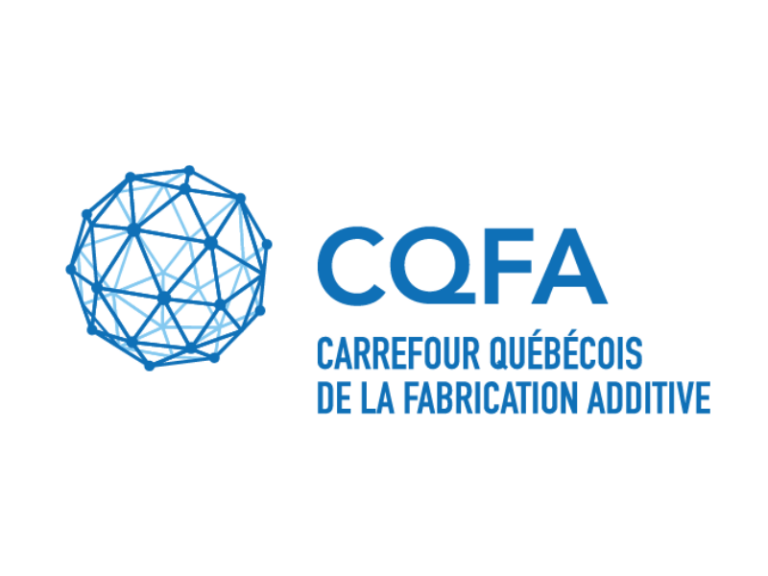
2023/01/26
Microstructure and mechanical properties of nickel-based superalloy hastelloy X fabricated by laser powder bed fusion
Sanchez Mata, O. (2022). Microstructure and mechanical properties of nickel-based superalloy hastelloy X fabricated by laser powder bed fusion. Thesis.
Additive manufacturing (AM), particularly laser powder bed fusion (LPBF) has been used to process Ni-based superalloys as an alternative to traditional manufacturing methods. However, they can be prone to cracking when fabricated through LPBF. Hastelloy X (HX) is a solid solution strengthened (SSS) alloy that although being categorized as readily weldable, suffers from cracking during LPBF. This document presents a study of crack-free LPBF HX microstructures, their behaviour after post-processing and their relationship with mechanical properties. Moreover, the application of unique microstructural features that result from LPBF processing to scale from bulk to more complex parts and tailor mechanical properties is documented.Crack-free HX fabricated through LPBF from powder having a standard chemical composition is reported. Electron backscatter diffraction (EBSD) analysis evidenced columnar grains parallel to the building direction (BD). The columnar sub-grain solidification microstructure was found to be finer than reported elsewhere. Mo-enriched carbides (~50 nm), were identified along interdendritic regions. The crack-free condition was maintained after heat treatment at 1177 °C for 1 h and its microstructure was analyzed.Dense and crack-free specimens were printed in both horizontal and vertical orientations. Samples were analyzed in as-built (AB), hot isostatic pressing treatment (HIP), and conventional heat treatment (HT) conditions. Tensile testing was done at room and elevated temperature (RT, ET = 750°C). AB samples showed columnar grains and a partial fiber texture aligned with the BD, which was reduced after HIP and HT. Mo and Cr carbides were found at RT which grew after ET. AB samples displayed high ultimate tensile strength (UTS) up to 924 ± 10 MPa, while strength values remained close to a reference HX wrought alloy after HIP and HT. Although lower ductility was observed for AB samples at ET, elongation was improved after HIP and HT. Strength and elongation comparable to that of the wrought alloy at RT can be obtained by only performing conventional HT, without the need of HIP.Dense and crack-free LPBF HX thin cylindrical struts with diameters from 0.25 to 2 mm were built. Their crystallographic texture transitioned from a <110> || BD fiber texture (2 mm), to a single crystal <110> || BD (0.25 mm). The size of cellular sub-grain microstructure increased as strut diameter decreased and was linked with an inverse trend in microhardness, which was the highest in the 2 mm strut due to a smaller cell size. Lower hardness in regions close to the strut edges was also related to a larger observed cell size. From tensile testing, elongation was measured at 35-50%. Deformation twinning and lattice rotation after testing were observed. Differences in strength between struts of different diameter were discussed. Fractography analysis confirmed the ductile fracture behavior.Finally, the unique strong crystallographic texture behaviour of LPBF HX was studied in more detail. Tensile properties at RT were investigated along the <100>, <110>, and <111> crystallographic orientations. Tensile behavior was highly dependent on crystallographic orientation and showed a good combination of strength and ductility when compared with other LPBF HX. EBSD analysis after fracture revealed deformation twinning in <110> and <111> samples, but not in <100>. Crystallographic orientation had an impact on the effective stacking fault energies and on the critical stress for deformation twinning. The latter was near or below the yield strength (YS) value for <110> and <111>, while it was above the UTS of the <100> orientation. The YS value of <111> (807 ± 28 MPa) was higher than for <100> (693 ± 8 MPa) and <110> (648 ± 13 MPa). Results suggest that deformation twinning can occur in SSS Ni-based superalloys at RT. In contrast to the <100> and <111> orientations, rotation of the lattice after deformation was found for the <110> direction.